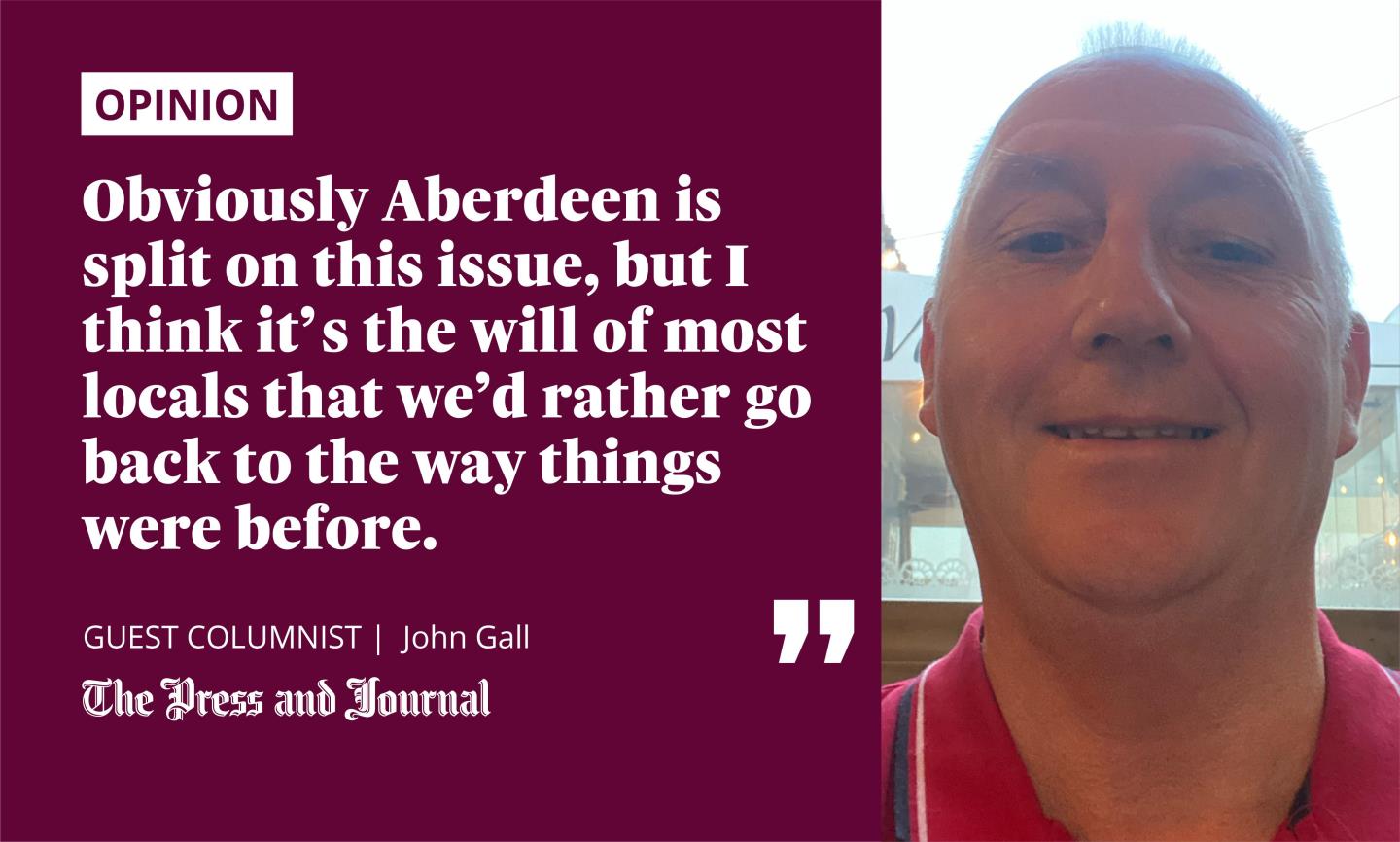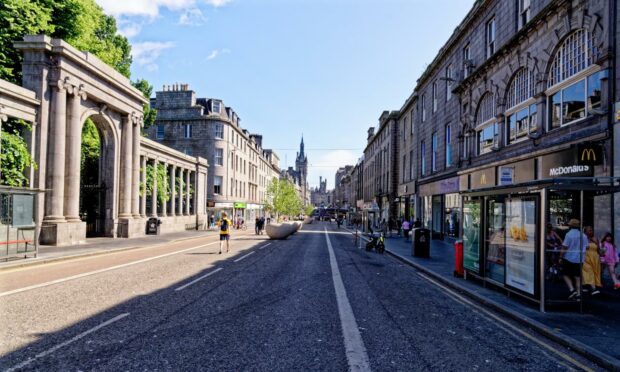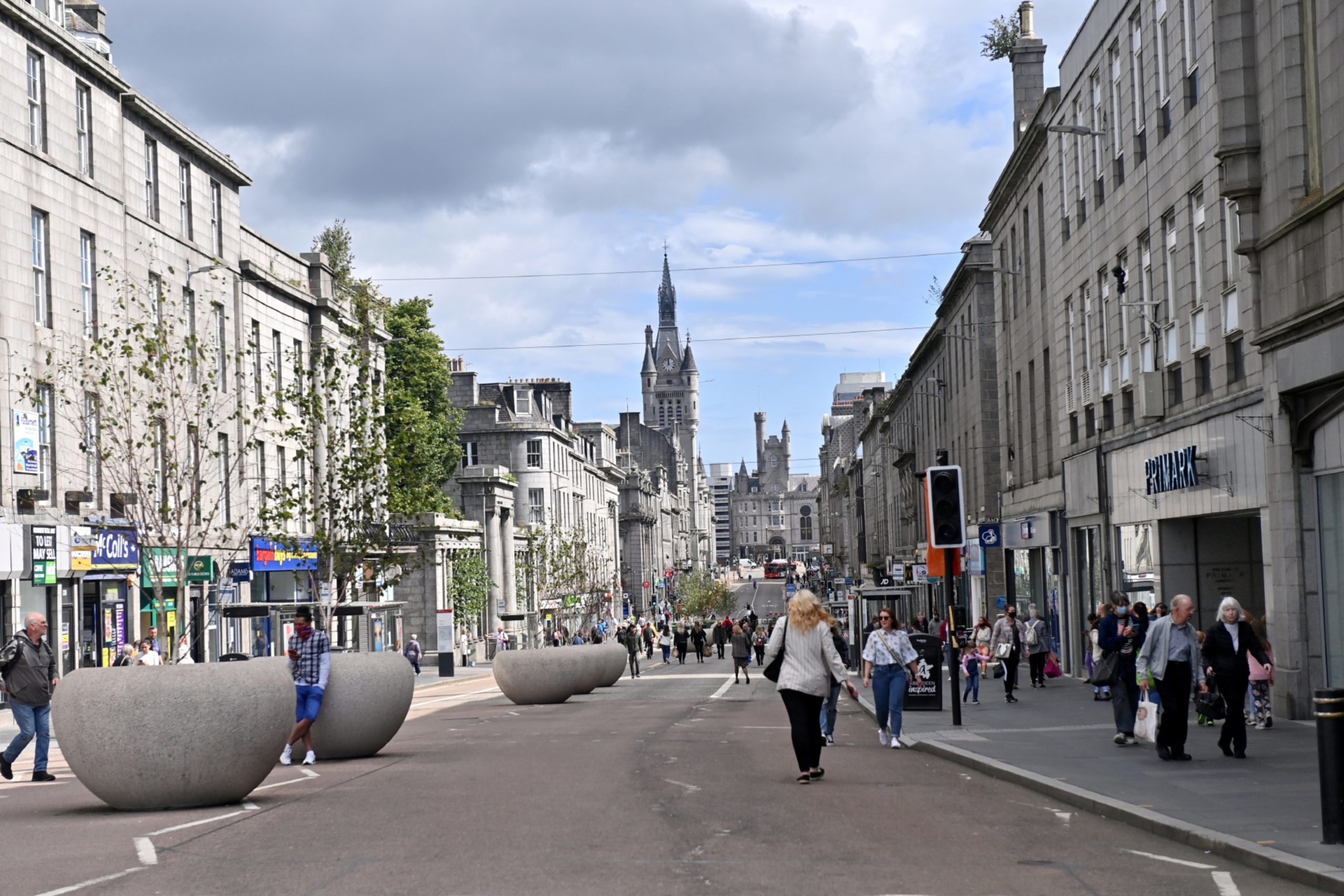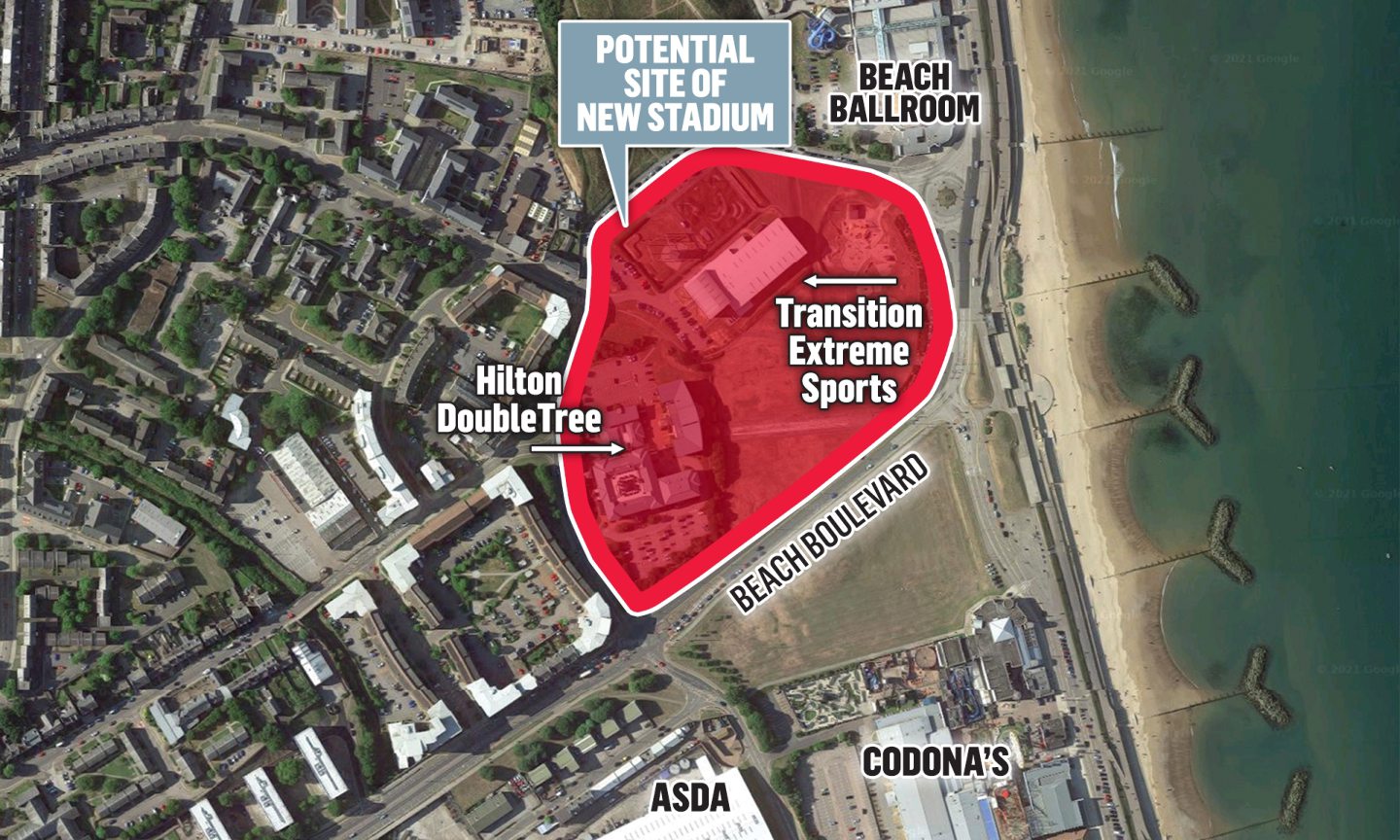Some Aberdeen locals seem to think the pedestrianisation of Union Street is the best thing since sliced bread.
They consider it a visionary way forward, alongside the regeneration of Union Terrace Gardens (UTG) – though goodness knows when that will be finished, it seems to be going on forever.
Perhaps the UTG project will eventually spark Union Street into life and prompt people to go there more often but, as it stands, closing the stretch of road to vehicles does not seem to have helped anything.

I volunteer with the elderly, driving people to appointments and taking them shopping. A lot of the older people I help say that, even if they got the bus into the city centre, the distance they’d have to walk now to get to the shops in the middle is too great. Some of them simply aren’t able to walk that far. They need to be able to get off the bus as close to the shops as they can.
Pedestrianisation is meant to be good for the environment, but now buses are going further to avoid the middle section of Union Street and causing more pollution.
The council wants to push ahead with a low emission zone, similar to those in other cities. In my eyes, that would result in many people driving further and creating more emissions, so I don’t see it as a great idea. It would take people away from the city centre and not have a good effect on any of the shops there.
Elderly and disabled people are worst affected
Perhaps if the street had been left fully open to buses only, even just going one way, that could have been a compromise. The Marischal College pedestrianisation doesn’t interfere with travel routes too badly, but Union Street is the main thoroughfare.
Comparisons to Edinburgh and Glasgow make little sense, because in those cities parallel streets can be used for traffic. In Aberdeen, you have few choices for alternative routes, meaning roads are always congested.
Roadworks seem to be never ending in the city, and the one way system put in place during lockdown is confusing. Sometimes you have to walk quite a distance just to get to somebody’s front door. Again, elderly and disabled people are the ones most negatively affected by these kinds of measures.
Arguments claiming that the pedestrianisation of Union Street is better for access to shops fall flat when there are no shops of interest to go to, only pubs. British Home Stores and Debenhams are gone and there’s not very much else in the way of retail. Union Square seems to have killed Union Street.
On top of that, bank branches shutting down is a big thing for older people, and a lot of the banks were once on Union Street. Most elderly people don’t do anything online – it’s totally alien to them and they’re afraid of it. It isn’t just older generations who aren’t being catered for, either – there are now very few places where parents can buy baby items in the city centre.
The plan hasn’t worked
I think the main aim of making Union Street prosper as a result of pedestrianisation has totally flopped. The rationale hasn’t worked. Why can’t the council just come back and say: “We’ve tried it, it hasn’t worked – let’s go back to the way it was”?
Perhaps the Union Street decision could have waited until after the pandemic was over
Obviously Aberdeen is split on this issue, but I think it’s the will of most locals that we’d rather go back to the way things were before. I hear plenty of people who are not happy about the change.
Of course, Covid has had an adverse effect on retail and the city in general, as most folk aren’t going out, particularly old people who would be most affected by the virus. But perhaps the Union Street decision could have waited until after the pandemic was over. Instead, it was decided in the middle of it, when people had too many other things to worry about and were less likely to complain.
More thought is needed
There are elements of proposed city changes I have agreed with over the years. For example, I’ve been an Aberdeen fan for a long time and I think it would have made a lot of sense to make the move from Pittodrie to Kingswells, getting all of that traffic out of Aberdeen. But there are pros and cons. Some businesses rely on the stadium to survive; the golf clubs and pubs like Pittodrie Bar live off the football, and the new beachfront stadium plan won’t help them or reduce traffic congestion.
In my experience, the council are good at making plans but not always good at following through on them. I remember reading last year about proposals to turn the former BHS into some sort of indoor adventure park, but that never came about.
Ultimately, any fundamental changes to the city warrant much more thought than the Union Street pedestrianisation, and must be proven to benefit residents of all ages and walks of life.
John Gall lives in Aberdeen and volunteers to assist the elderly


